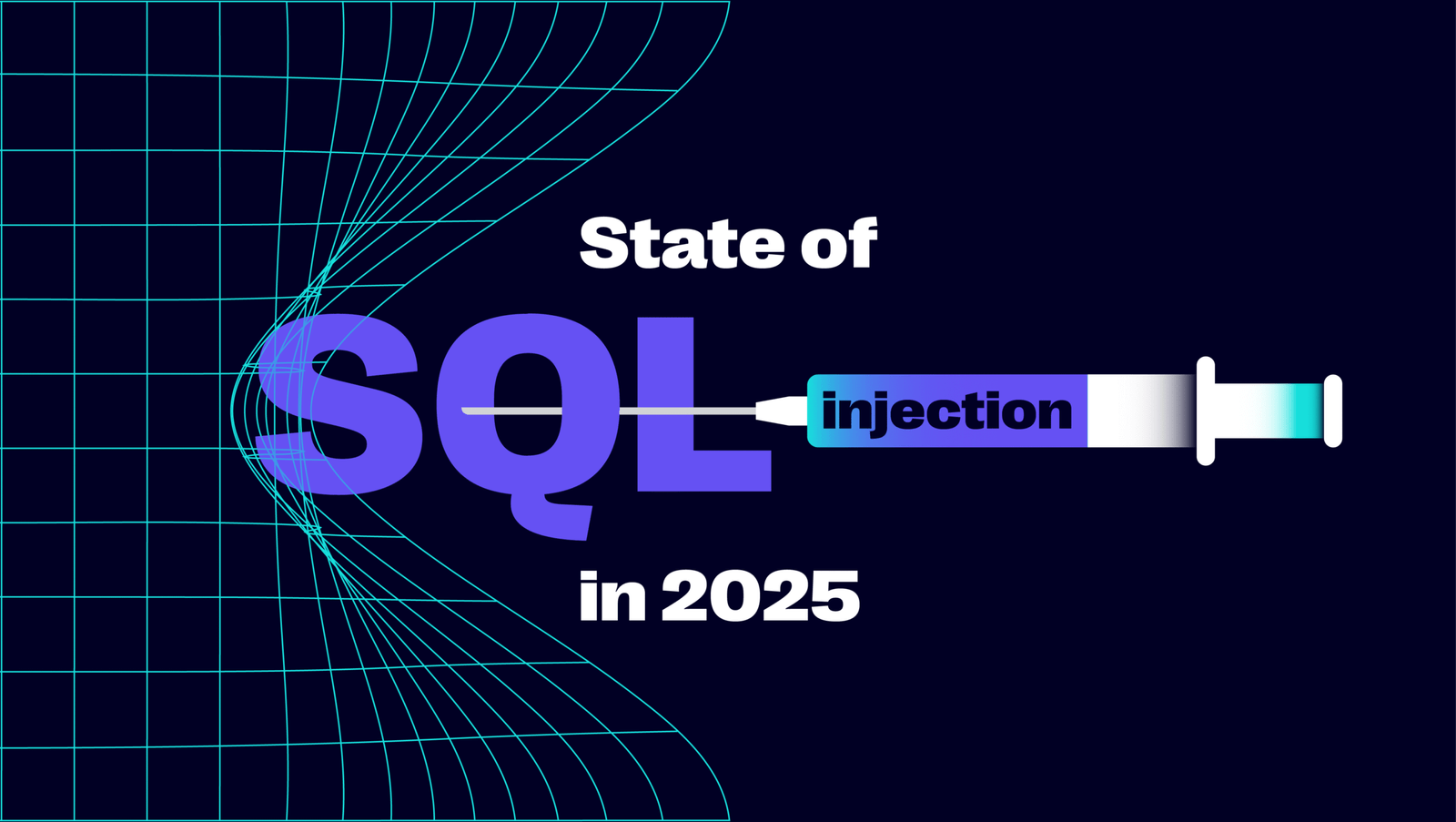The Strategic Imperative of Defeating SQL Injection: An Anatomy of a Pervasive Business Threat
For over two decades, the Structured Query Language (SQL) Injection vulnerability has persisted not merely as a technical flaw but as a critical business risk capable of inflicting catastrophic financial and reputational damage. First identified in 1998, this attack vector remains a top-tier threat, responsible for some of the most infamous data breaches in corporate history. [1][2] Its endurance stems from a fundamental failure to treat user-supplied data with inherent distrust, a lapse that allows attackers to transform benign application inputs into malicious database commands. [1][3] A successful SQL injection can pivot from a simple data leak to a complete system compromise, granting attackers the ability to exfiltrate, manipulate, or destroy sensitive data, bypass authentication, and even execute commands on the underlying server. [4][5] The consequences are not abstract; they manifest as multi-million dollar regulatory fines, class-action lawsuits, plummeting stock prices, and the irreversible erosion of customer trust, making the mitigation of this vulnerability a strategic imperative for any modern enterprise. [6][7]
The economic and operational fallout from a significant SQL injection attack provides a stark illustration of its destructive potential. The 2008 breach of Heartland Payment Systems, a major payment processor, stands as a landmark case where attackers exploited an SQL injection flaw to steal approximately 130 million credit and debit card numbers. [6][8] The direct financial impact was staggering, with the company paying over $200 million in compensation and fines, and its stock value plummeting by 77%. [7][8] Similarly, Sony’s PlayStation Network breach in 2011, stemming from an SQL injection, compromised around 77 million user accounts and cost the company an estimated $170 million. [8] These are not isolated incidents. Breaches at TalkTalk, Yahoo, and 7-Eleven further underscore a consistent pattern: a single, often simple, coding oversight can cascade into a corporate crisis. [4][9] The costs extend far beyond immediate financial penalties, encompassing operational disruption, the high expense of incident response and system remediation, and the long-term damage to brand reputation, which is far harder to quantify but equally devastating. [6][10]
The evolution of application architecture, particularly the shift towards microservices and Application Programming Interfaces (APIs), has introduced new complexities and expanded the attack surface for SQL injection. [11][12] In a microservice architecture, an application is composed of numerous small, independently deployable services, each often managing its own database and communicating via APIs. [12][13] While this model offers scalability and flexibility, it also creates multiple entry points that can be targeted by attackers. [14] An SQL injection vulnerability in a single, seemingly minor microservice can become the foothold an attacker needs to compromise a segment of the system or, in poorly architected environments, move laterally to access other services and data stores. [9][13] API endpoints that accept user parameters are particularly vulnerable if they do not rigorously validate and sanitize input before constructing database queries. [14][15] This modern context demands that security is not an afterthought but is deeply integrated into the development lifecycle (DevSecOps), with robust authentication, authorization, and input validation applied consistently across every service and API endpoint. [9][13]
A robust, multi-layered defense is essential for effectively neutralizing the threat of SQL injection, moving beyond basic fixes to a holistic security posture. The cornerstone of prevention is the strict separation of code from data, most effectively achieved through the use of parameterized queries, also known as prepared statements. [16][17] This technique ensures that user input is always treated as data, never as executable SQL code, thereby neutralizing the core mechanism of the attack. [17][18] This primary defense should be reinforced by adhering to the Principle of Least Privilege, where each application component is granted only the minimum database permissions necessary for its function. [16][19] For example, a component that only displays data should never have write or delete permissions, limiting the potential damage if it is compromised. [19][20] Further layers of defense include employing Web Application Firewalls (WAFs) to filter malicious traffic, implementing strong input validation and sanitization as a secondary check, and ensuring error messages are generic and do not reveal sensitive database schema information to attackers. [17][21] Regular, automated security testing and code audits are critical to proactively identify and remediate these vulnerabilities before they can be exploited. [9][22]



